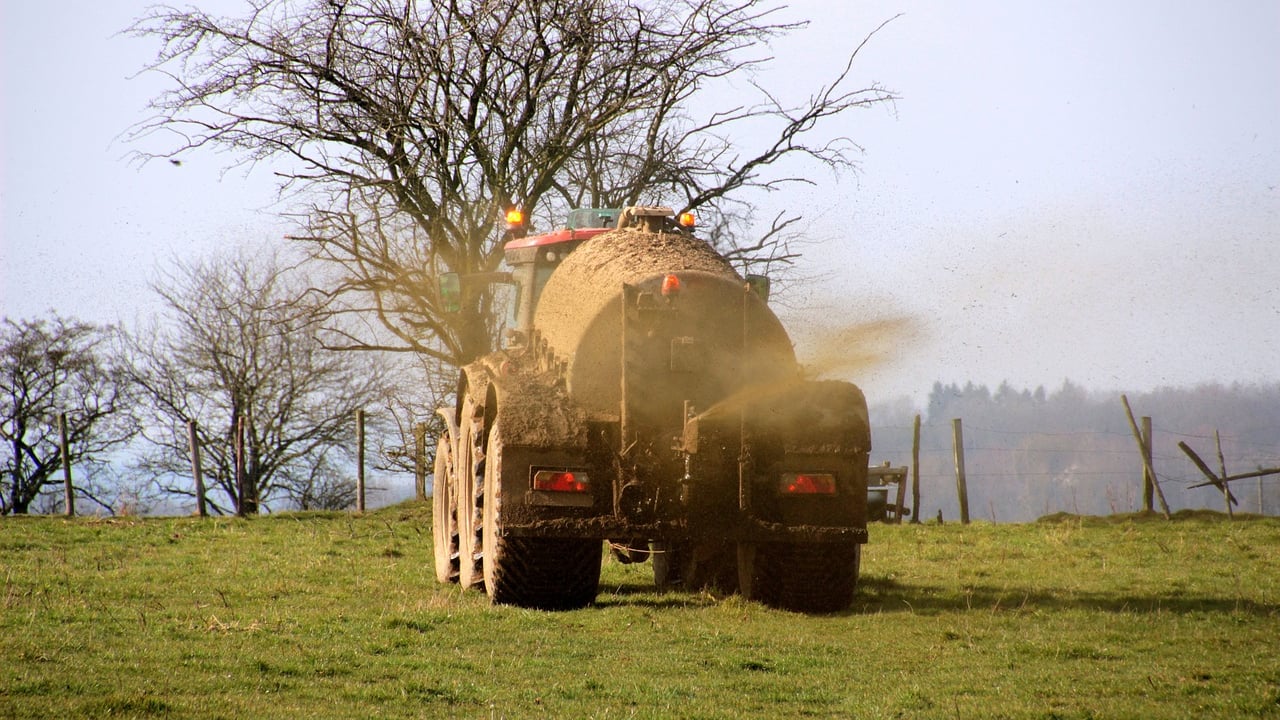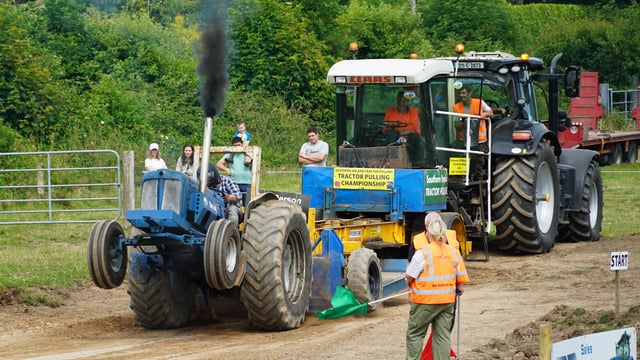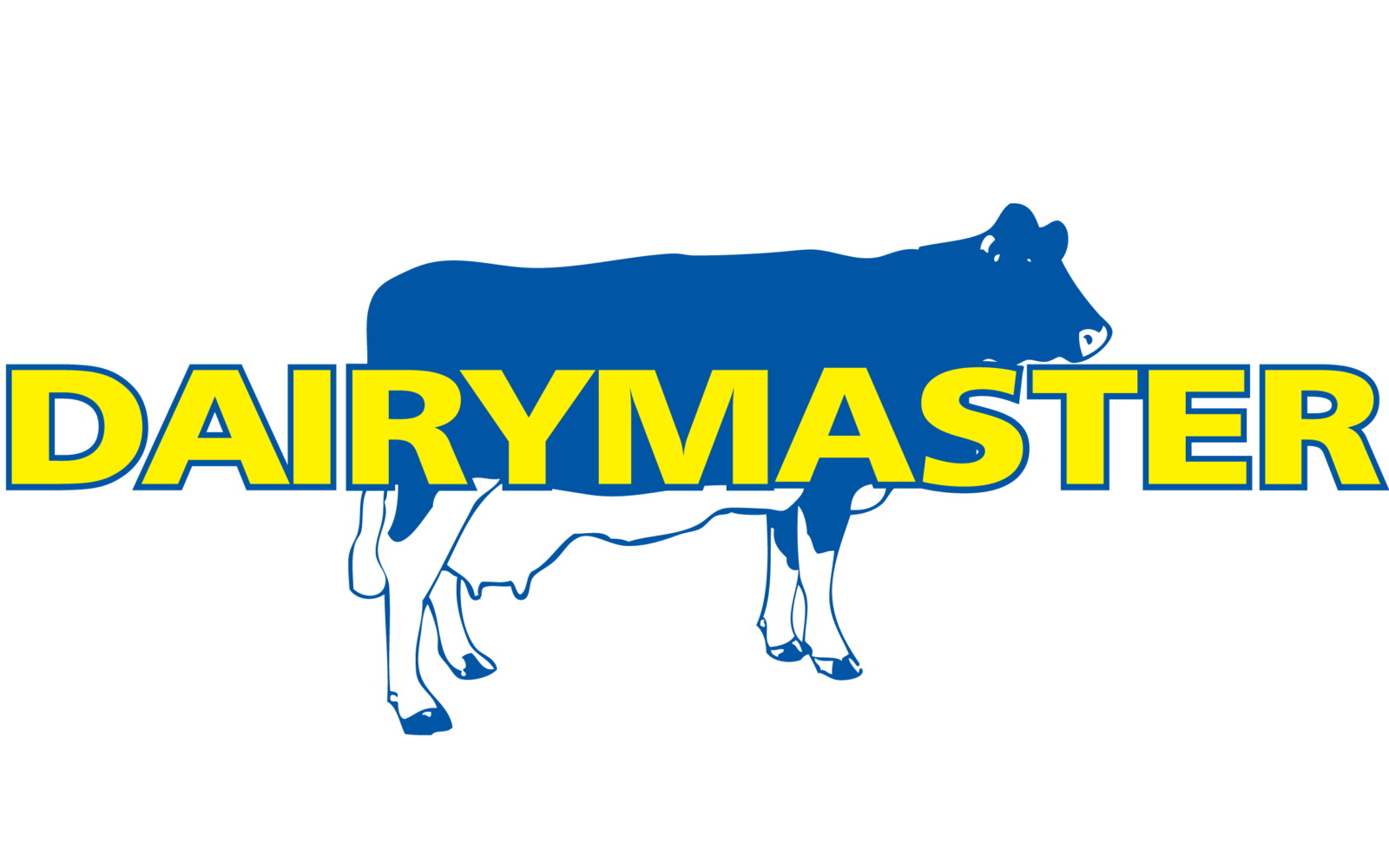Farm safety: Slurry and water account for 10% of all farm deaths
Farm deaths relating to slurry and water incidents account for 10% of all farm fatalities, according to a new Teagasc publication that recommends best practice for farmers when it comes to farm safety.
In its "Farming for a Better Future" publication, Teagasc sets out the approach that farmers should take in relation to "health and safety for sustainable farming" and stresses that farming is one of the most dangerous work sectors in Ireland.
It also outlines that particular care is needed when slurry access points are open and that "physical guarding" needs to be put in place.
"Slurry gases are a lethal hazard on cattle farms.
"Hydrogen sulphide is released when slurry is agitated and in calm weather can be present at lethal levels," it warned.
To reduce this risk Teagasc advises that slurry must be agitated during windy weather and in calm weather without cattle or people nearby.
It has also cautioned that ammonia, carbon dioxide and methane are also emitted when fermentation occurs in half empty tanks and that sources of ignition should never be situated nearby due to the methane explosion risk.
The Teagasc publication outlines that farmers are required by law to conduct a risk assessment of their workplace annually, as part of the Farm Safety Code of Practice, in a bid to minimise the risk of injury, ill health and fatality on farms.
It details that death rates amongst farmers of 'working age' (16-65 years) have been found to be 5.1 times higher than the occupational group with the lowest rate, with cardiovascular disease, cancer and injury among the leading causes, according to experts.
The publication referenced a study that showed farmers have high levels of preventable ill health and that just 59% of the agri-workforce had a health check with their GP in the last year compared to the figure of 74% among the general population.
The same study found that 60% of farmers have been classified as obese, despite only 27% of those surveyed self-declaring as overweight.
According to Teagasc serious injuries caused by farm related accidents are also reportedly on the rise, with an estimated 2,800 taking place annually, with the largest volume (18%) documented in the dairy industry, followed by drystock (18%), sheep (11%) and tillage(12%).
Accidents like these can cause permanent disabilities which can impact on a farmer's quality of life and capacity to earn a living and experts are pressing for more awareness on the risks and dangers posed to farmers to counter these incidences.
In its "Farming for a Better Future" publication Teagasc states that vehicle and machinery related deaths account for 53% of all farm deaths.
In relation to vehicles, getting struck is the most frequent cause of death (25%) followed by being crushed or trapped (24%), falling from a vehicle (12%) and being pierced by a part (2%).
But when it comes to machinery incidents, being crushed (23%), struck (18%) and collapses(18%) are the most common sources of fatalities while "entanglement" occurs most commonly with stationary vehicles, such as a vacuum tanker or slurry agitator.
According to the publication while quads are useful machines on farms they have a "high risk of death and serious injury if mis-used".
Teagasc also highlighted in the publication that livestock deaths contribute to 19% of farm deaths and 42% of all farm accidents, with bullocks and other cattle contributing to 41% of these figures, cows and heifers 33%, bulls 18% and horses 8%.
A noteable trend is that there has been a surge in the number of cow/heifer related incidents and the advice to farmers is that "additional precautions must be taken with these livestock".
It has recommended that to address the hazards posed by bulls, constant surveillance of their temperament is required and the animal must be fitted with a ring by law while a chain is also highly recommended.
The new Teagasc publication also warns that there has been an increase in childhood fatalities resulting from farm accidents and appeals for greater levels of precaution to be taken to ensure child safety on farms
Some examples include clear instructions on farm hazards, fencing off of open water tanks, wells and slurry pits, restricting access to heights and the provision of a secure play area far removed from all work related activity.





